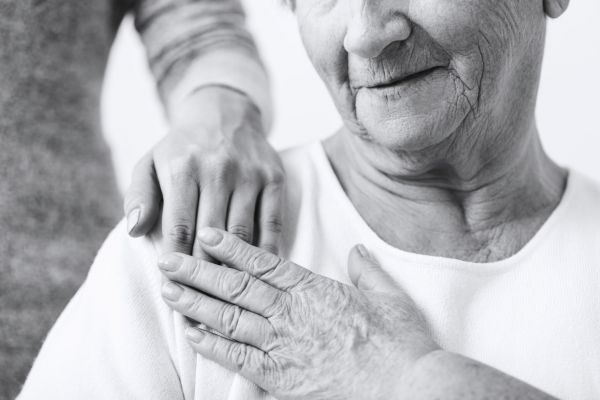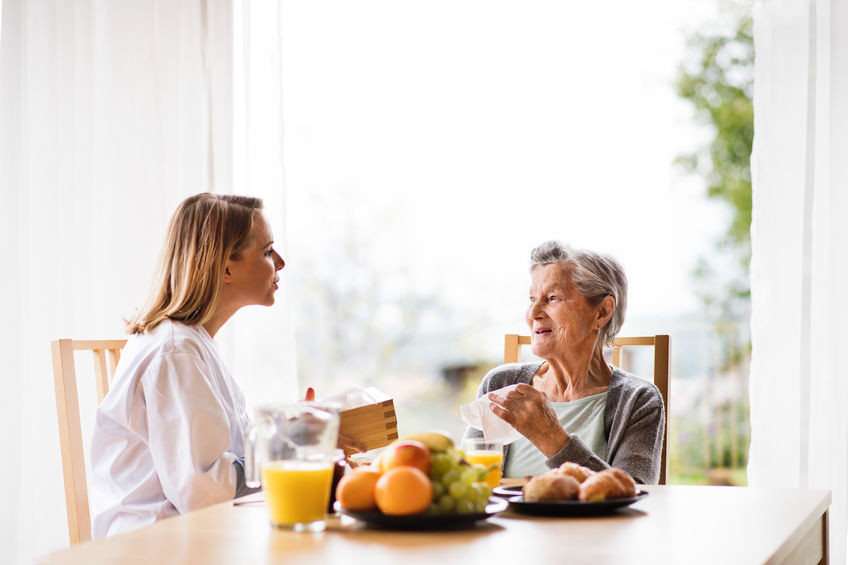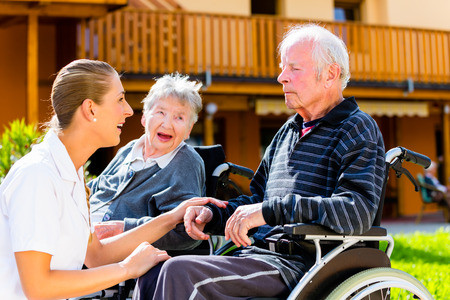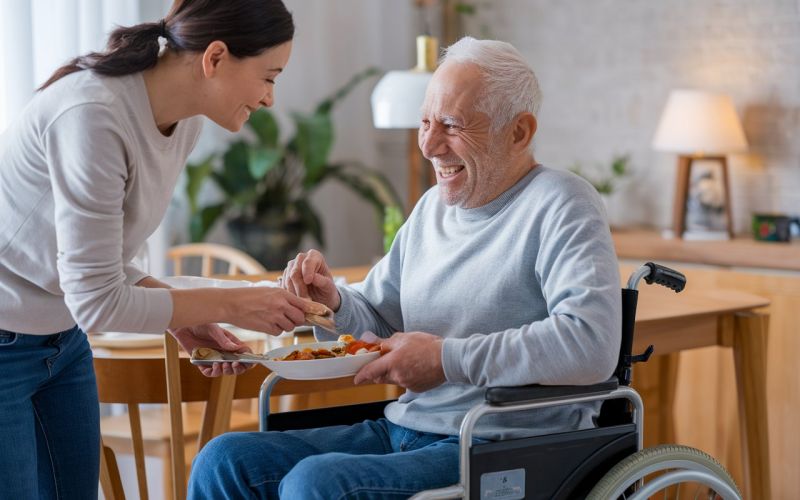Safeguarding Your Home: Tips to Prevent Falls and Accidents
iSavta | 28.01.2024
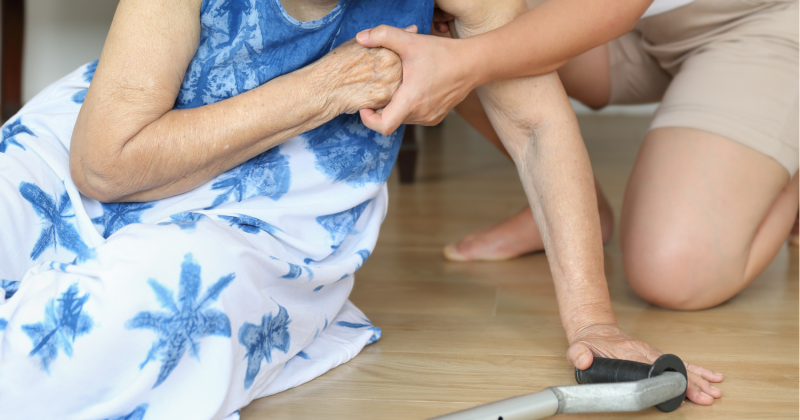
Accidents can happen anywhere, even within the familiar confines of our own homes. Falls, in particular, are a leading cause of injuries among people of all ages. However, with a few simple precautions and modifications, you can significantly reduce the risk of falls and accidents in your home. In this article, we will discuss various strategies and practical tips to create a safer living environment for you and your loved ones.
Clear Clutter and Maintain Cleanliness:
A cluttered home is an accident waiting to happen. Keep your living spaces tidy and organized by decluttering regularly. Remove any unnecessary objects, loose rugs, and obstacles from walkways, hallways, and staircases. Maintaining cleanliness will prevent slips and trips, reducing the likelihood of falls.
Adequate Lighting:
Poor lighting conditions can contribute to falls and accidents. Ensure that all areas of your home are well lit, especially staircases, entrances, and hallways. Consider installing motion sensor lights in key areas to automatically illuminate pathways when someone enters a room or approaches a staircase. Nightlights in bedrooms and bathrooms can be particularly helpful for older adults and children who may need to navigate during the night.
Secure Rugs and Carpets:
Loose or wrinkled rugs and carpets are a significant tripping hazard. Use non-slip mats or double-sided tape to secure them to the floor. Consider removing area rugs altogether if they pose a constant risk or replace them with low-pile, non-slip alternatives.
Install Handrails and Grab Bars:
Properly installed handrails and grab bars provide essential support and stability, especially in areas like staircases, bathrooms, and hallways. Make sure handrails are securely fastened and at an appropriate height for all household members to use comfortably. In bathrooms, consider installing grab bars near toilets, showers, and bathtubs to aid in balance and prevent slips.
Use Non-Slip Surfaces:
In high-risk areas like bathrooms and kitchens, use non-slip surfaces to prevent accidents. Apply anti-slip strips or mats to the floor of bathtubs and showers, and use non-slip mats in front of sinks and stoves. These simple additions can significantly improve traction and reduce the chances of falls.
Organize and Secure Cords and Wires:
Tripping over cords and wires is a common cause of falls in homes. Keep electrical cords and wires organized and secured to the wall or baseboards. Use cable ties or cord covers to prevent them from obstructing pathways.
Keep Medications and Hazardous Materials Secure:
Accidental ingestion of medications or exposure to hazardous materials can have severe consequences. Keep medications, cleaning supplies, chemicals, and other potentially harmful substances out of reach of children and pets. Use childproof locks on cabinets and drawers to prevent access. Additionally, properly label all stored chemicals and ensure proper ventilation in areas where they are used.
Install Smoke Detectors and Carbon Monoxide Alarms:
Fires and carbon monoxide leaks can be life-threatening. Install smoke detectors on every floor of your home and test them regularly to ensure they are functioning correctly. Similarly, install carbon monoxide alarms near sleeping areas and fuel-burning appliances. Regularly check and replace batteries as needed.
Maintain Sturdy Furniture and Fixtures:
Inspect and maintain the stability of furniture, fixtures, and handrails throughout your home. Tighten loose screws, repair wobbly chairs, and replace broken or unstable pieces promptly. This proactive approach can prevent accidents and injuries caused by furniture collapse or instability.
Stay Active and Practice Good Health Habits:
Maintaining good overall health is essential for preventing falls. Regular exercise, particularly activities that improve balance and strength, can reduce the risk of falls. It's also crucial to have regular eye exams and to manage any chronic conditions or medications that may affect balance or cognitive function.
Conclusion:
By implementing these preventive measures, you can significantly reduce the risk of falls and accidents in your home. Clearing clutter, ensuring proper lighting, installing handrails and grab bars, and practicing good health habits are just a few steps you can take to create a safer living environment. Remember, it's never too late to make your home a safer place for yourself and your loved ones. Prioritize safety and enjoy the peace of mind that comes with a well-protected home.






